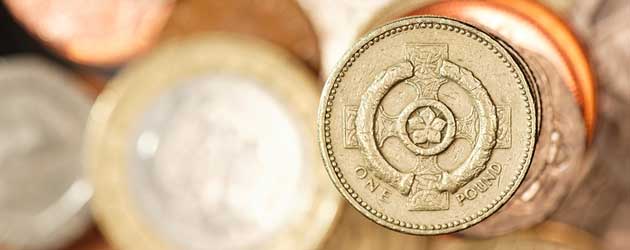
Earlier this morning Rightmove announced that UK House Prices rose for the sixth consecutive month during June. The 1.2% monthly increase in prices sought brings the average price of a home in Britain above £250,000 for the first time ever at £252,798.
The encouraging report joins the recent trend of improvements in the UK housing market that appear to have stemmed from the government’s new initiatives to help rejuvenate the UK economy. For starters, Britons are benefitting from all-time low interest rates as part of the Bank of England’s ultra-loose monetary easing scheme. But on top of that, the government’s Help to Buy programme has helped to accelerate the number of first-time buyers by reducing the initial deposit to just 5% of the property’s total value.
The latest surge in prices brings the average up by 2.7% from this time a year ago. Prices in the capital rose by 1.1% to £515,243 and although average London house prices still remain over twice as high as the rest of the country, Rightmove said that stabilization was beginning to take place across the nation:
“These increases, along with reports from agents and developers of a pickup in transaction, suggest a wider and more sustainable recovery and the price buoyancy of the London market shows signs of spreading across the country”.
Pound to Euro exchange rate (GBP/EUR) continued to climb towards 1.1800
The upbeat UK housing market data had little effect on Sterling as the Pound to Euro exchange rate (GBP/EUR) continued to climb towards 1.1800 and the Sterling / US Dollar exchange rate (GBP/USD) maintained its upward momentum towards 5-month highs in the region of 1.5800.
Later on this week Federal Reserve Chairman Ben Bernanke will announce whether the US Central Bank is going to continue with its current rate of asset purchases or whether the Fed is going to taper its target of $85 billion a month. Due to concerns over the strength of the US labour market and the persisting issue of below-target CPI inflation, it seems more likely that the Fed will maintain its current stimulus programme at this juncture. Under this scenario the US Dollar would be expected to weaken further against the Pound, possibly bringing GBP/USD closer towards the psychologically significant 1.6000 mark.
However, if the Fed does in fact decide to reduce the pace of its quantitative easing scheme then the US Dollar could rally strongly across the board as US Treasury yields begin to rise, making the ‘Greenback’ more appealing to speculative investors.
Also due out this week is the Minutes report from the Bank of England’s latest meeting, which is likely to prove inconsequential ahead of Mark Carney’s appointment as the new Governor. The UK Consumer Price Index is forecast to have risen from 2.4% to 2.6% during May and this increase in the headline inflation rate could prove to be an obstacle for the UK Central Bank in terms of making additions to the current asset purchasing target of £375 billion.
The New Zealand Dollar could come under pressure later on in the week as the domestic GDP print for the first quarter is expected to show a sharp drop-off from 1.5% in Q4 2012 to just 0.5% in Q1 2013.

Comments are closed.